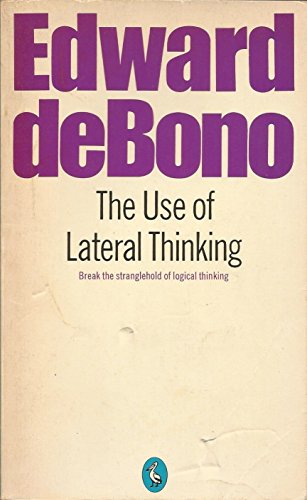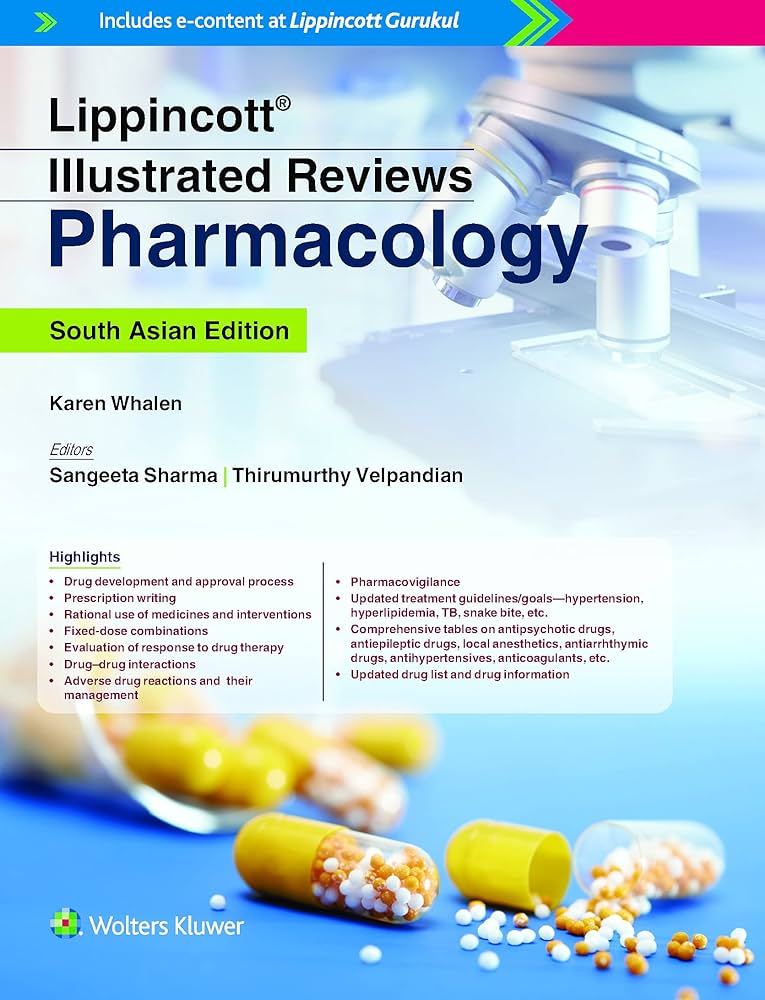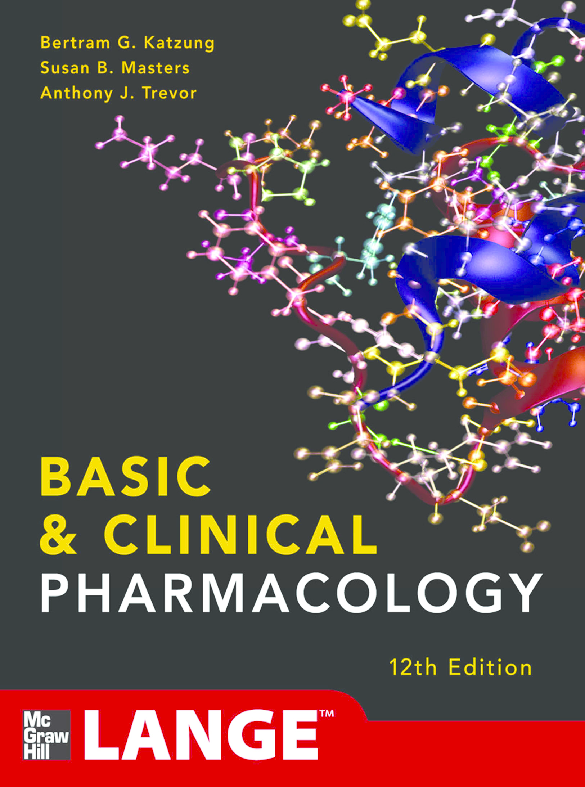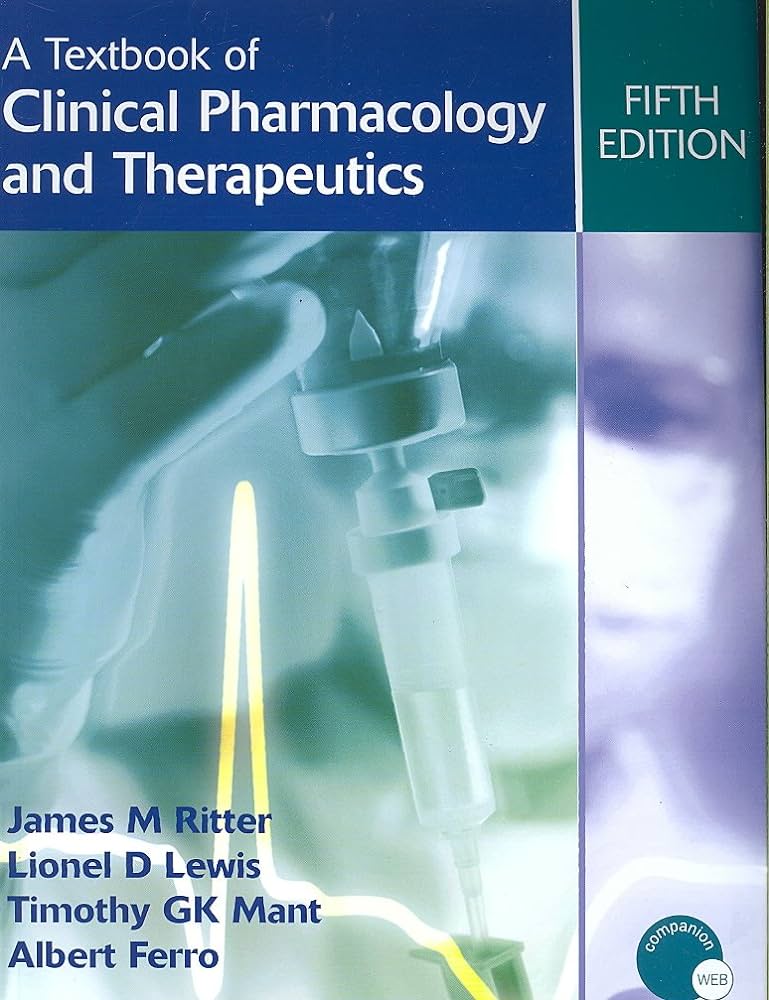Электронная библиотека
An Introduction to Philosophy

- Russ Payne An Introduction to Philosophy- Bellevue College, 2015. -129 p.
-
Аннотация
The goal of this text is to present philosophy to newcomers as a living discipline with historical roots. While a few early chapters are historically organized, the goal in the historical chapters is to trace a developmental progression of thought that introduces basic philosophical methods and frames issues that remain relevant today. Later chapters are topically organized. These include philosophy of science and philosophy of mind, areas where philosophy has shown dramatic recent progress. This text concludes with four chapters on ethics, broadly construed. Traditional theories of right action is covered in a third of these. Students are first invited first to think about what is good for themselves and their relationships in a chapter of love and happiness. Next a few meta-ethical issues are considered; namely, whether they are moral truths and if so what makes them so. The end of the ethics sequence addresses social justice, what it is for one's community to be good. Our sphere of concern expands progressively through these chapters. Our inquiry recapitulates the course of development into moral maturity. Over the course of the text, the author has tried to outline the continuity of thought that leads from the historical roots of philosophy to a few of the diverse areas of inquiry that continue to make significant contributions to our understanding of ourselves and the world we live in.
The Use of Lateral Thinking

- Edward de Bono. The Use of Lateral Thinking: 1st Edition – New York: Penguin Books Ltd, 1967. – 69 p
-
Аннотация
The author introduces the concept for which he became best known: "lateral thinking"
Essentials of Medical Physiology

- Sembulingam, K. Sembulingam, Prema. Essentials of Medical Physiology: 6th Edition For Medical Students – – New Delhi: Jaypee Brothers Medical Publishers (P) Ltd, 2012. - 1092 p.
-
Аннотация
This edition is a complete guide to medical physiology for students, covering all aspects of the field, from General to systemic physiology. Each Chapter has been completely revised to reflect the latest developments to provide the most up-to-date information. New sections have been added to the sections of cardiovascular system, muscle physiology and gastrointestinal tract.
Self Assessment & Review ENT

- Hans Sakshi Arora. Self Assessment & Review ENT: 10th Edition. – New Delhi: Jaypee Brothers Medical Publishers (P) Ltd., 2016. – 457 p
-
Аннотация
This book discusses self assessment and review: ENT. This book is designed to provide accurate, authoritative information about the subject matter in question. This book covers the anatomy of ear, physiology of ear and hearing, hearing loss, assessment of hearing loss, assessment of vestibular function, diseases of external ear, diseases of middle ear, Meniere’s disease, otosclerosis, facial nerve and its lesions, lesion of cerebellopontine angle and acoustic neuroma, glomus tumor and other tumors of the ear, rehabilitative methods, anatomy and physiology of nose, diseases of external nose and nasal septum, granulomatous disorders of nose, nasal polyps and foreign body in nose, inflammatory disorders of nasal cavity, epistaxis, oral cavity, anatomy of pharynx, tonsils and adenoids, head and neck space inflammation and thornwaldt’s bursitis, lesions of nasopharynx and hypopharynx including tumors of pharynx, pharynx hot topics, anatomy of larynx, congenital lesions of larynx and stridor, acute and chronic inflammation of larynx, voice and speech disorders, vocal cord paralysis, and tumors of larynx. This book discusses the topic with many flow charts, tables, and mnemonics for better understanding and retaining. To give students an idea of the new questions which could be formed, over 500 new pattern questions have been added, along-side the theory. This will help you to reinforce important points from the topic. These questions are the potential questions for upcoming exams. All important instruments related to surgery, diagrams, X-rays, CT scans have been given along with the topic.
Guyton and Hall Textbook of Medical Physiology

- Guyton and Hall Textbook of Medical Physiology: 14th Edition – New Delhi: Elsevier, Inc., 2021. – 1028 p
-
Аннотация
Known for its clear presentation style, single-author voice, and focus on content most relevant to clinical and pre-clinical students, Guyton and Hall Textbook of Medical Physiology, 14th Edition, employs a distinctive format to ensure maximum learning and retention of complex concepts. A larger font size emphasizes core information, while supporting information, including clinical examples, are detailed in smaller font and highlighted in pale blue – making it easy to quickly skim the essential text or pursue more in-depth study. This two-tone approach, along with other outstanding features, makes this bestselling text a favorite of students worldwide.
Guyton and Hall Textbook of Medical Physiology

- Guyton and Hall Textbook of Medical Physiology: 12th edition. – New York: Elsevier Inc., 2011. - 1090 p.
-
Аннотация
The 12th edition of Guyton and Hall Textbook of Medical Physiology continues this bestselling title's long tradition as one of the world's favorite physiology textbooks. The immense success of this book is due to its description of complex physiologic principles in language that is easy to read and understand. Now with an improved color art program, thorough updates reflecting today's medicine and science, and accessible online at studentconsult.com, this textbook is an excellent source for mastering essential human physiology knowledge.
Ganong’s Review of Medical Physiology

- Ganong’s Review of Medical Physiology: 23rd edition– New York: The McGraw-Hill Companies, Inc. , 2010. - 714 p.
-
Аннотация
"This 23rd edition is an excellent source of the current knowledge in physiology. Significant pedagogical advances have been made while preserving the integrity of Dr. Ganong's work....They have done an excellent job of updating this classic, and the tradition continues. So many students in the future will be able to use this book to enhance their knowledge."--Doody's Review Service For more than four decades, Ganong's Review of Medical Physiology has been the leader in helping medical students and clinicians understand the fascinating subject of human and mammalian physiology. Concisely covering every important topic without sacrificing depth or readability, Ganong's delivers more detailed, clinically-relevant, high-yield information per page than any similar text or review. Thoroughly updated to reflect the latest research and developments in important areas such as the cellular basis of neurophysiology, Ganong's Review of Medical Physiology incorporates examples from clinical medicine throughout the chapters to illustrate important physiologic concepts. Whether you're a student who needs an outstanding review for the USMLE or a physician who wants to keep pace with the ever-changing field of medical physiology, there's no better place to turn than Ganong's Review of Medical Physiology.
Lippincott Illustrated Reviews: Pharmacology

- Karen Whalen Lippincott Illustrated Reviews: Pharmacology: 8th Asian Edition – New Delhi: Wolters Kluwer (India) Pvt. Ltd., 2019. – 881 p
-
Аннотация
Students’ favorite review resource for studying the essentials of medical pharmacology, Lippincott® Illustrated Reviews: Pharmacology, 8th Edition, presents up-to-date drug information in an accessible format ideal for effective review. Part of the popular Lippincott® Illustrated Reviews series, this concise resource features clear writing and hundreds of illustrations that break down complex pharmacological information, so it is understandable and accessible. Sequential images present mechanisms of action and focus on showing rather than telling students how drugs work, and review questions with answers deliver powerful, practical exam preparation.
Basic & Clinical Pharmacology

- Basic & Clinical Pharmacology: 12th Edition - McGraw-Hill, 2012. - 1245 p.
-
Аннотация
This edition continues the sequence used in many pharmacology courses and in integrated curricula: basic principles of drug discovery, pharmacodynamics, pharmacokinetics, and pharmacogenomics; autonomic drugs; cardiovascular-renal drugs; drugs with important actions on smooth muscle; central nervous system drugs; drugs used to treat inflammation, gout, and diseases of the blood; endocrine drugs; chemotherapeutic drugs; toxicology; and special topics. This sequence builds new information on a foundation of information already assimilated. For example, early presentation of autonomic nervous system pharmacology allows students to integrate the physiology and neuroscience they have learned elsewhere with the pharmacology they are learning and prepares them to understand the autonomic effects of other drugs. This is especially important for the cardiovascular and central nervous system drug groups. However, chapters can be used equally well in courses and curricula that present these topics in a different sequence.
A Textbook of Clinical Pharmacology and Therapeutics

- A Textbook of Clinical Pharmacology and Therapeutics: 5th Edition - London, 2008.- 476 p.
-
Аннотация
Fully revised throughout and extensively illustrated, the fifth edition of this well-established textbook has been streamlined to focus on what medical students and junior doctors really need to know in order to understand the implications of prescribing one drug over, or in combination with, another. The text provides current information on all areas of drug prescribing with updated discussion and guidance on such topics as adverse drug reactions, 'personalized medicine', gene and cell-based therapy, advances in cancer therapy, and mechanisms of drug action and treatment guidelines in HIV and mycobacterial infections therapy. A new chapter on alternative medicines and nutraceuticals has been introduced and Further Reading lists have been updated to include key medical websites.
